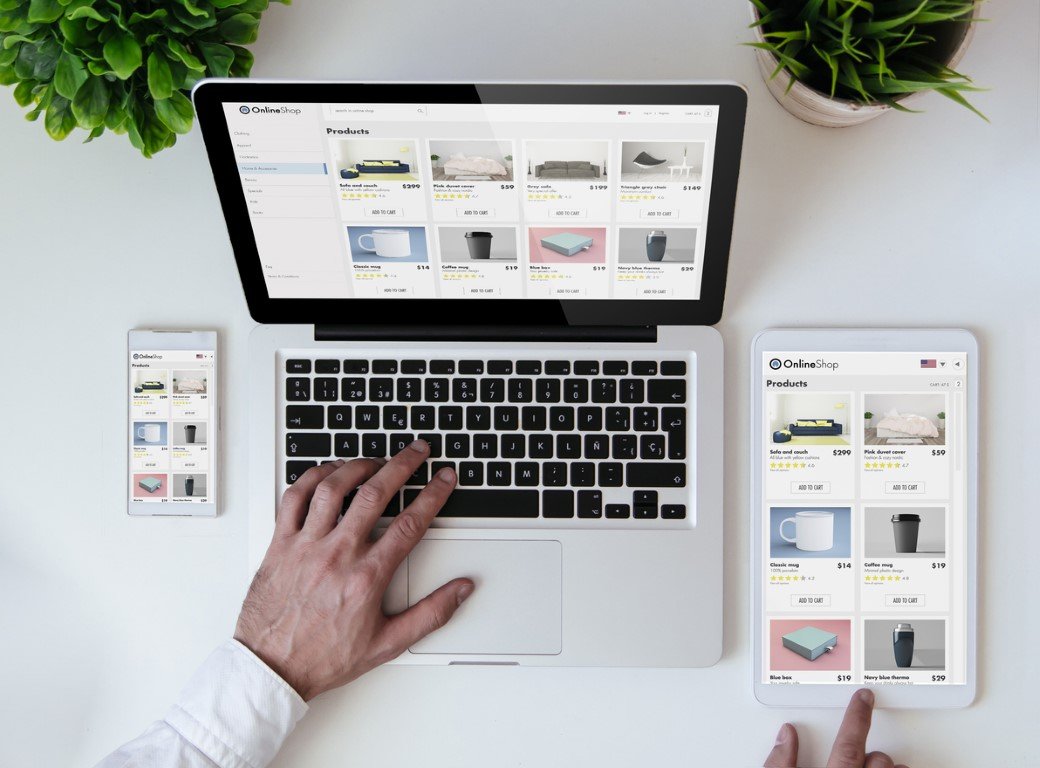
Almost every project begins with creating a detailed structure – known as its prototype. The most common way of doing this is by grabbing a pen and a paper and sketching its outline on a piece of paper. But as the project continues to pick up its pace, it becomes more complex, and the client becomes more demanding. For a web designer, it can get challenging to provide clients with a mockup, and he has to up his game. In this article, we will discover how you can use prototyping to offer benefits to the customer, meanwhile making things easier for yourself.
Paper or Whiteboard Prototyping
You might think that this is a practice that amateurs follow, but you might be surprised to learn that even professionals begin each project by drafting the project on a piece of paper or an office whiteboard. This is the fastest way to develop an initial plan for a website without spending too much cash or exerting too much effort. However, this approach does have its drawbacks. You might have to redraw the prototype as you don’t have the option to edit it every time you make a change to the website. Due to this reason, we move to a more functional prototype using advanced tools.
Prototyping with Professional Apps
There are lots of professional apps out there like Sketch, Microsoft Visio, Adobe Photoshop, Adobe InDesign, etc. which help designers with prototyping. These professional apps give you the benefit of presenting the website in a visually aesthetic way in front of your clients. It enables you to chalk out the ideas you and your clients have for a website so that he perceives what the website will look like. Even experts at Adobe agree that “It allows you to turn a vision into something tangible and test your hypothesis with real users.” This approach also has some disadvantages, as some of these apps are very pricey and require a certain amount of skills to use. Besides that, it also takes a lot of time to make the edits and send them back and forth for approval.
Prototyping Using Online Tools
Compared to professional apps, online tools are more readily available, are less expensive, and don’t require much experience or skills. As these tools are easy to operate, it gives way for better client-designer communication as the client can use them to express their ideas to the designers in a better way, and designers can present the final product so that the client can make any adjustments that he likes. Secondly, as these tools operate online, you can use them from anywhere in the world as long as you have an internet connection. This allows for better team communication as they can interact with each other more efficiently.
Coded Prototyping
When you compare it with the rest, writing code can feel a bit more tedious and dull. Designers also don’t feel that comfortable playing with code, so they mostly avoid it. But there are a few advantages of coded prototyping which other methods simply can’t offer.
- Coded prototyping or HTML prototyping is platform-agnostic, which means that you don’t need to install any special software to view it.
- There is no cost involved, but designers do have to learn the HTML language before they begin designing.
- It can significantly reduce production time as you have code which can be used in later stages of the project








